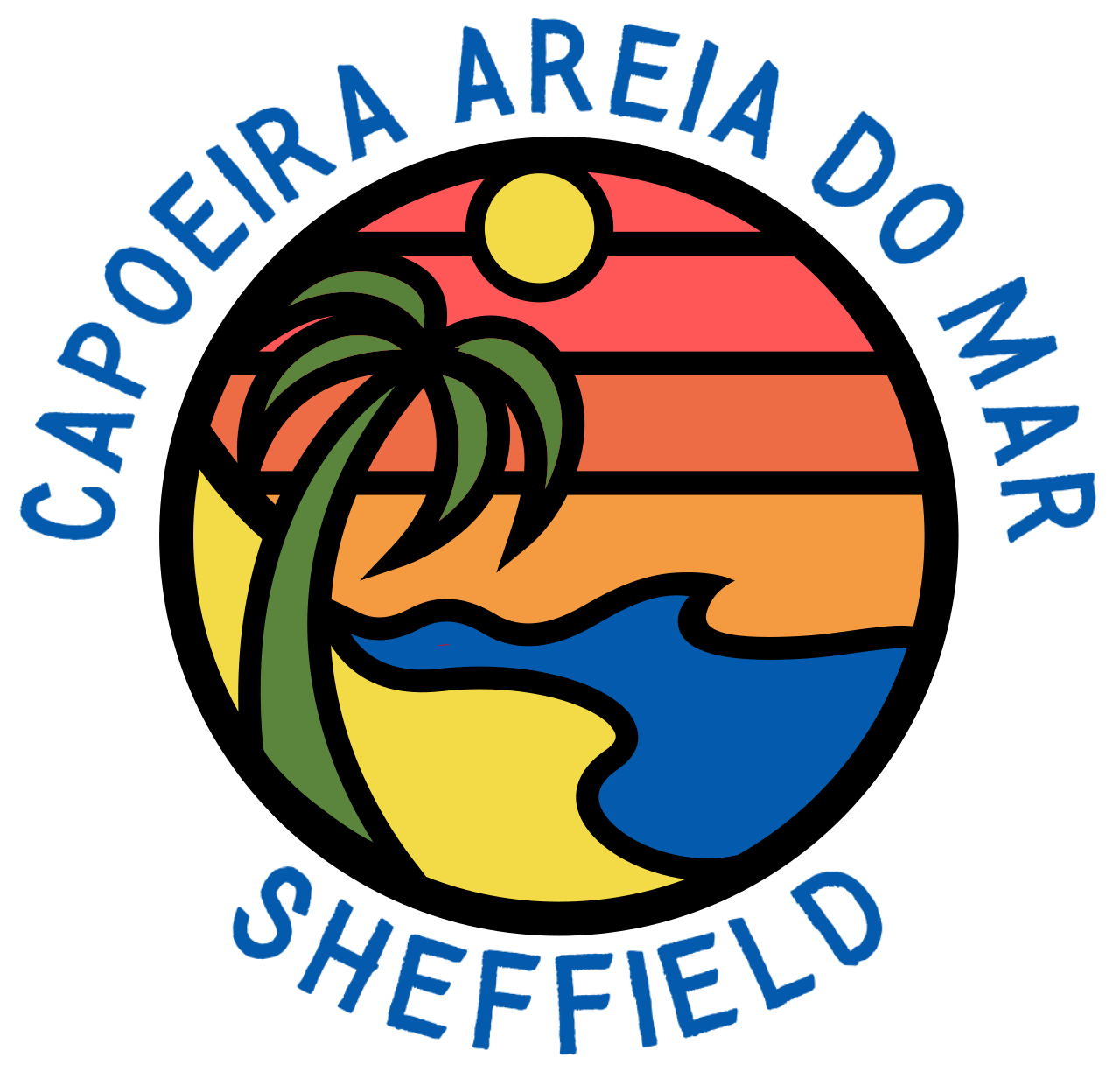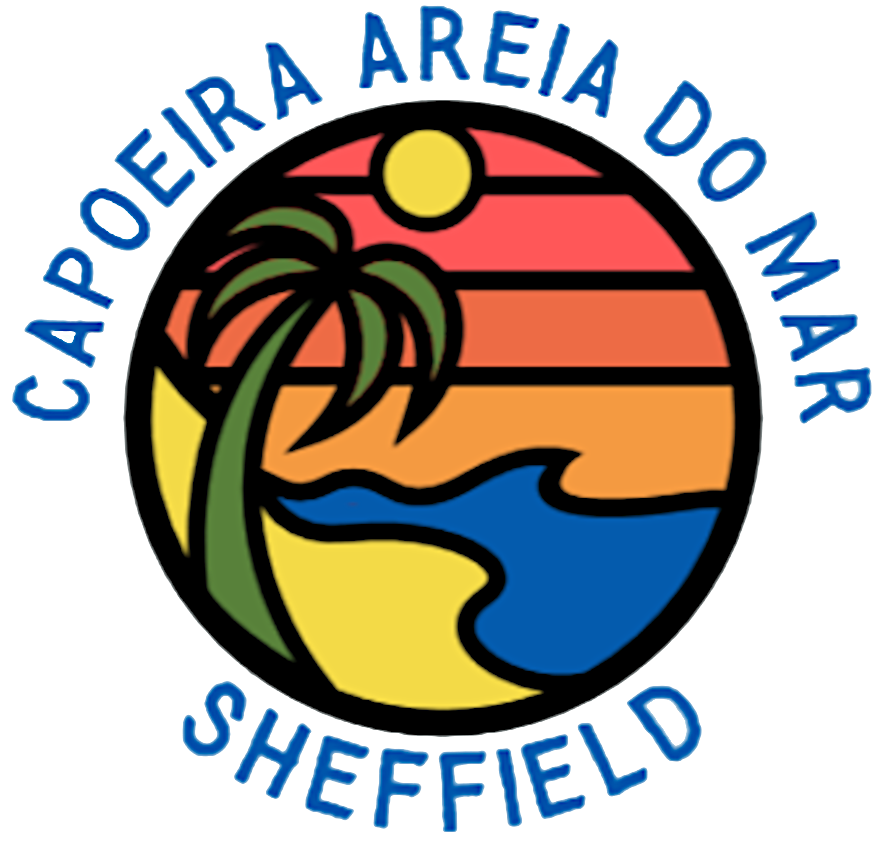Retrato do Salvador
Iê! Iê!
Igreja do Bomfim Church of Good Hope
Igreja do Bomfim Church of Good Hope
E o Mercado Modelo And the Mercado Modelo
Ladeira do Pelourinho, colega velha The slope of the Pelorinho, old friend
E a baixa do Sapateiro And the Shoemaker’s Hollow
Igreja de São Francisco Church of San Francisco
Igreja de São Francisco Church of San Francisco
E a praça da Sé, And the Cathedral square
Onde ficam as baianas, colega velha Where you find Bahian women, old friend
Vendendo acarajé Selling acarajé
Por falar em Itapuã Speaking about Itapuã
E a Lagoa do Abaeté And the lake of Abaeté
Camará! Comrade!
This Ladainha makes reference to many important cultural references found in Salvador, Bahia. The title means, ‘portrait of Salvador’ and the song sets out to do just that.
The Church of Nosso Senhor do Bonfim is the most famous of the Catholic churches in Salvador and is the site of a famous celebration held every year in January, the Festa do Senhor do Bonfim.
The Mercado Modelo was opened in 1912 and served as a place to procure food, animals and articles used for Candomblé. The site is also used for capoeira displays.
Pelorinho is the oldest colonial neighbourhood in Salvador and is also where Mestre Pastinha opened the first official school of capoeira angola in 1941.
Baixa do Sapateiro is a street close to Pelourinho which was where there used to be many cobblers.
Igreja de São Francisco is classified as on of the seven wonders of Portuguese origin.
Praça da Sé is located at the exact location of Salvador’s old catherdral; Sé is catherdral in Portuguese.
Acarajé is a fritter made from black eye peas that originated in Nigeria. It is one of the most well known foods in Salvador.
Historically, the identity of Itapuã was shaped from the customs of fishermen, ganhadeiras, cooks, capoeiristas, singers and composers who created a set of cultural expressions of the richest in the country.
The lake of Abaeté is a located in an area of Salvador which is protected as part of a national park. The name orginates from the Tupi word abaîté which means "terror or horror". This is a reference to the belief that the lake was haunted.




